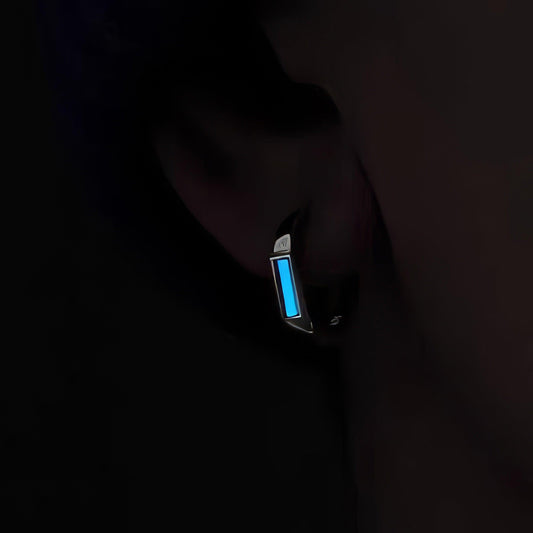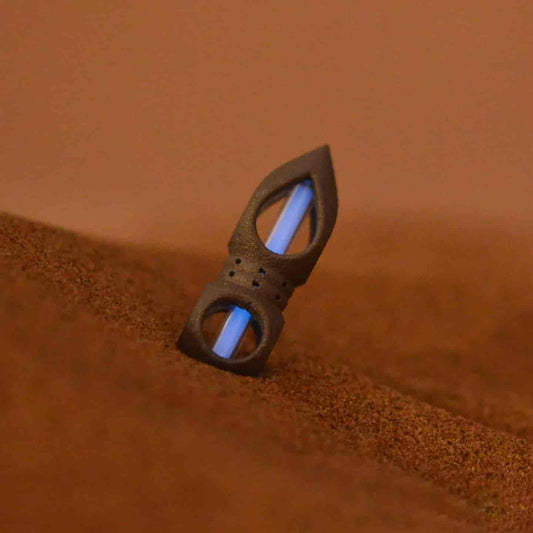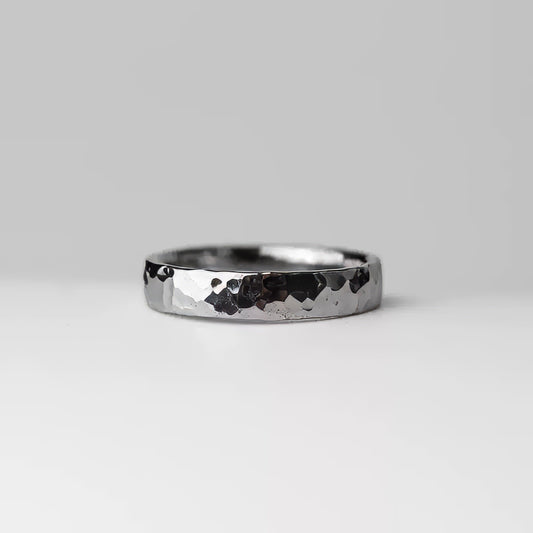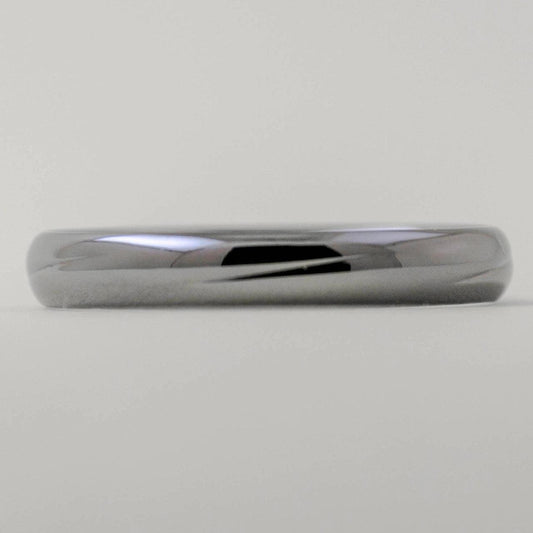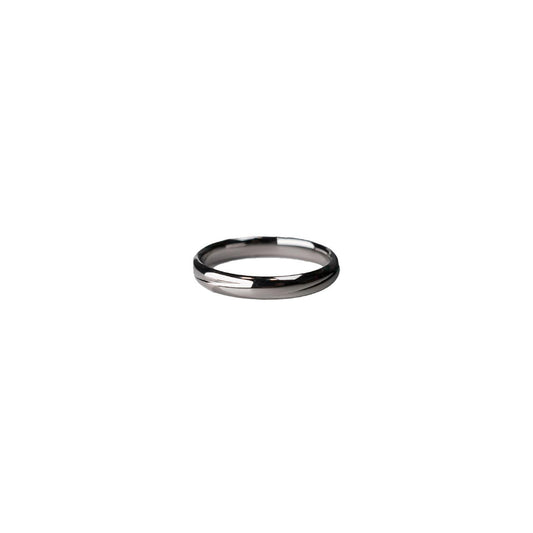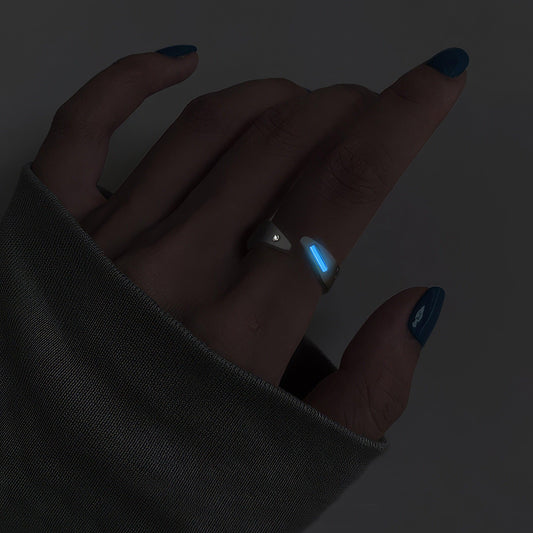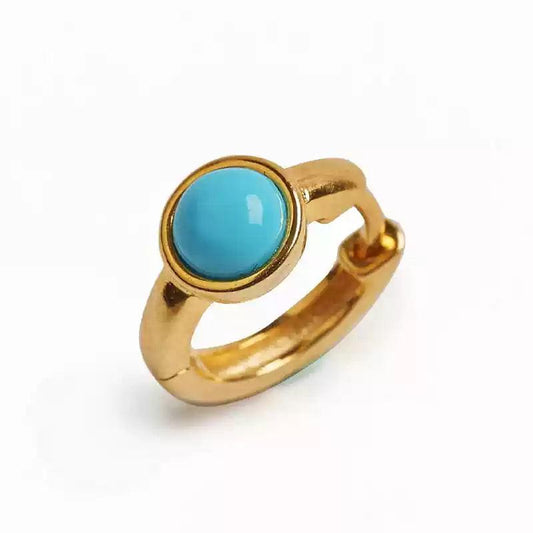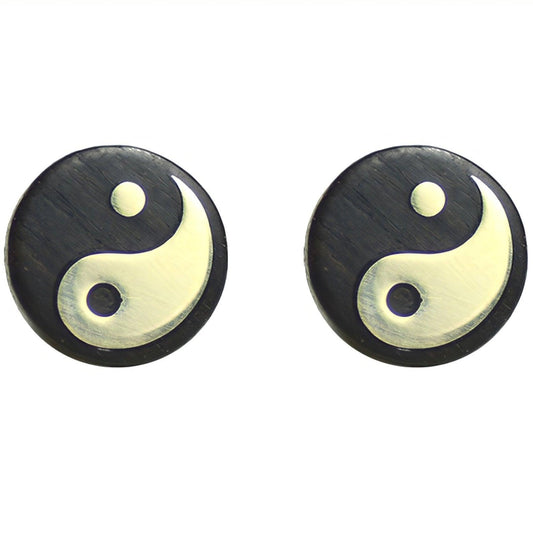Understanding Hypoallergenic Metals in Everyday Life
Understanding Hypoallergenic Metals in Everyday Life
The thought of wearing jewelry might bring to mind images of glistening rings, striking necklaces, or that vintage brooch your grandmother adored. What doesn't often come to mind, at least until irritation sets in, is the potential for an unpleasant skin reaction. This is where hypoallergenic metals step in, offering a solution for those prone to allergies.
When I was a child, my fascination with my mom's jewelry box was endless. Each piece told a story—some of love, others of adventure. But the one story I vividly remember was not about the jewelry itself, but the aftermath of wearing a new pair of earrings. Within hours, her earlobes turned red and itchy. This was my first introduction to what she dramatically termed "jewelry rash." As it turns out, she wasn't alone—many people experience similar reactions due to nickel, a common allergen found in many metal alloys.
Nickel allergies are surprisingly common, affecting up to 15% of the population in Western countries. Yet, if you're like me and have a penchant for wearing rings or bracelets without the hassle of dealing with rashes, understanding hypoallergenic metals can be a game-changer. Typically, hypoallergenic metals are those that avoid using nickel or other common allergens. Metals like platinum, titanium, and certain grades of stainless steel are popular choices for sensitive skin wearers.
Beyond just comfort, there's an appeal in the durability and elegance of these metals. Titanium, for example, is renowned for its strength, making it a favorite for those who lead active lifestyles but still want a touch of class in their accessories. It's the type of metal you'd trust on a hiking trip or even a simple walk around town, knowing it'll endure whatever you throw at it, both literally and figuratively.
But hypoallergenic doesn't just apply to jewelry. In our modern world, nearly everything we come in contact with, from eyeglass frames to watch bands, could contain irritating metals. The good news is that the market is becoming more aware of these concerns, and options are expanding. I remember being genuinely thrilled upon discovering a line of hypoallergenic glasses frames—no more red nose bridge or itchy ears during summertime wear.
For those who are new to the concept and wondering if it's worth the extra investment, consider this: peace of mind and skin health are priceless. Eliminating the worry of a reaction lets you focus on what matters—like enjoying the moment, free from distractions. Whether you're donning a new pair of titanium cufflinks or gifting a set of platinum earrings, hypoallergenic metals offer a simple yet effective solution to ensure your skin feels as good as your style looks.
In the end, choosing these metals is about more than just avoiding a rash. It's about embracing a lifestyle that prioritizes comfort and well-being, allowing you to wear your favorite pieces with confidence. So, the next time you find yourself hesitating in front of a jewelry display, remember that beauty doesn't have to come with a side of irritation. Go ahead; indulge in that glint of silver knowing both your style and your skin will be perfectly intact.

